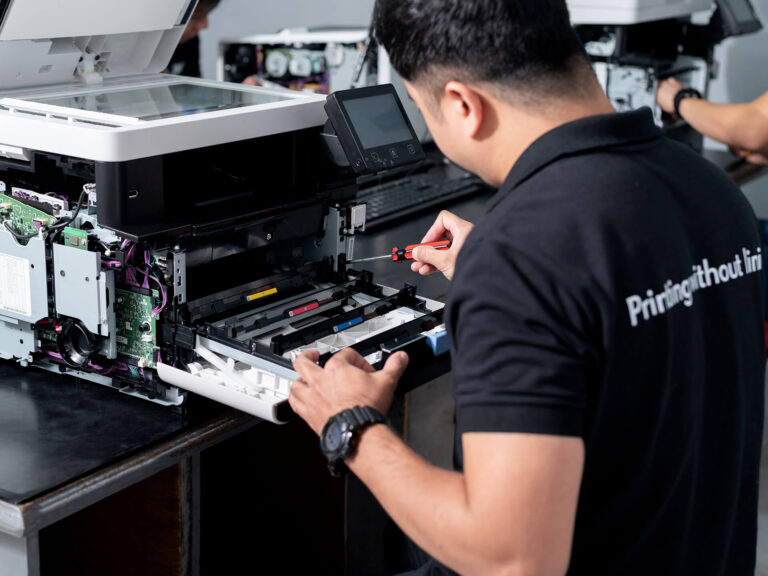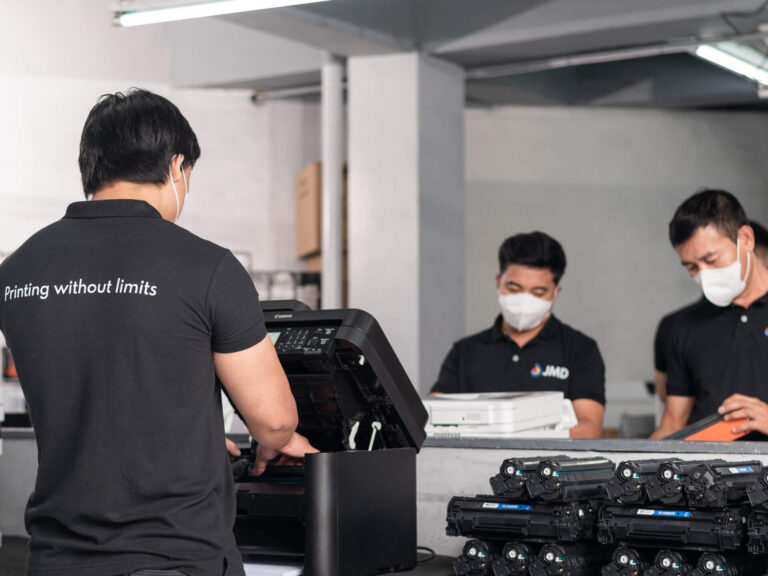In today’s digital age, the majority of office jobs require extensive screen time, putting a strain on our eyes and overall visual health. Poor office ergonomics, improper lighting, and prolonged use of electronic devices can lead to various eye-related issues, including digital eye strain, dryness, and fatigue. This article will explore the importance of eye care in the office and provide practical tips for maintaining healthy vision while working.
- Understand the Risks of Prolonged Screen Time: Extended hours spent staring at computer screens, tablets, and smartphones can result in digital eye strain, also known as computer vision syndrome. Symptoms may include blurred vision, headaches, dry eyes, and neck and shoulder pain. Recognizing these risks is the first step towards implementing preventive measures.
- Set Up a Visual-Friendly Workspace: Creating an ergonomic and eye-friendly workspace is crucial for reducing eye strain. Ensure that your computer monitor is positioned at eye level, approximately 20 inches away from your face. Adjust the brightness and contrast settings to a comfortable level, and use an anti-glare screen protector if needed. Consider using a document holder to minimize neck and eye movements while referencing documents.
- Take Regular Screen Breaks: To alleviate eye fatigue and strain, practice the 20-20-20 rule: every 20 minutes, take a 20-second break and focus your gaze on an object at least 20 feet away. This exercise helps relax the eye muscles and reduces the intensity of near work.
- Proper Lighting Matters: Inadequate lighting can strain your eyes and lead to discomfort. Position your desk in a way that minimizes glare from windows or overhead lighting. Use adjustable blinds or curtains to control natural light. Invest in task lighting to illuminate your workspace adequately, ensuring it complements the ambient lighting in the office.
- Blink Regularly and Stay Hydrated: Blinking helps lubricate the eyes and prevents dryness. However, when focused on screens, people tend to blink less frequently. Make a conscious effort to blink regularly. Additionally, staying hydrated by drinking an adequate amount of water throughout the day helps maintain optimal eye moisture.
- Adjust Display Settings: Adjusting display settings can significantly reduce eye strain. Increase font sizes and adjust the screen’s brightness and contrast to a level that is comfortable for your eyes. Consider using “night mode” or blue light filters, which reduce the amount of blue light emitted by electronic devices, minimizing eye fatigue and sleep disturbances.
- Regular Eye Exams: Schedule regular eye examinations with an optometrist to monitor your eye health and identify any underlying issues. An eye care professional can recommend appropriate corrective measures such as glasses or contact lenses, if needed.
Conclusion: Prioritizing eye care in the office is essential for maintaining healthy vision and reducing the risk of eye-related problems. By implementing the tips mentioned above, employees can mitigate eye strain, enhance productivity, and safeguard their long-term eye health. Remember, taking care of your eyes at work is not only a personal responsibility but also a step towards creating a more visually healthy and productive workplace.



